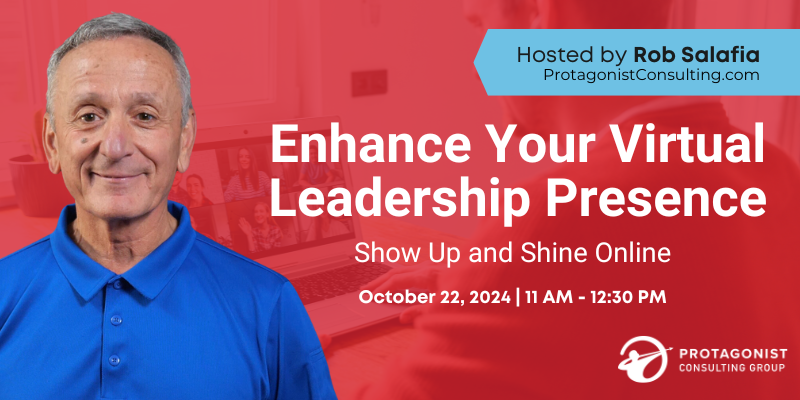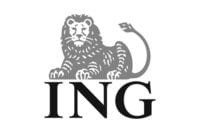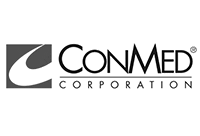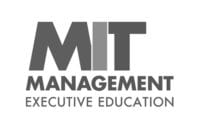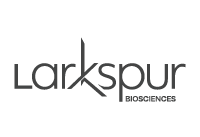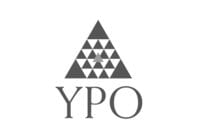Developing Physical and Vocal Presence for Emerging Leaders
As a performer turned executive presence coach, I’ve spent my career exploring how physical and vocal presence can transform leadership. Drawing from my experience in the performing arts and my work with business leaders, I’ve seen firsthand how developing these skills can help emerging leaders project confidence, authority, and authenticity. Today, I’d like to share some insights and practical techniques to help you lead from your best self by enhancing your physical and vocal presence.
The Importance of Physical and Vocal Presence in Leadership
Physical and vocal presence are crucial components of executive presence. They influence how your message is received and how you are perceived by others. Leaders who project confidence and authority through their body language and voice can inspire trust, command attention, and motivate their teams more effectively. This journey begins with self-awareness and a commitment to personal growth.
Techniques for Developing Physical Presence
Master Your Posture
Stand tall with your shoulders back and your head held high. This posture exudes confidence and openness. Good posture not only makes you look more confident but also affects how you feel and how others experience you. It’s about finding your “Signature Stance” that embodies your best self. (read chapter one in my book, Leading From Your Best Self to learn how to find your own “Signature Stance.”)
Takeaway: Next time you’re preparing for a meeting, practice your posture in front of a mirror. Notice the difference it makes in how you feel and appear.
Purposeful Gestures
Use your arms and hands to emphasize key points. Avoid keeping them at your sides when speaking. Ensure your gestures are natural and purposeful rather than repetitive or distracting. Gestures can enhance your communication by adding emphasis and helping to convey your message more clearly. Remember, it’s about making every movement count, just like in a well-rehearsed performance.
Takeaway: Try recording yourself during a practice presentation to observe your gestures. Are they helping to emphasize your points?
Eye Contact
Maintain eye contact with your audience. Breathe in, connect with one audience member, and land your message (breathe-connect-land). This creates a connection and shows that you are engaged and sincere. Eye contact builds trust and helps to keep your audience focused on your message. It’s similar to how performers connect with their audience, drawing them into the story.
Takeaway: In your next conversation, practice maintaining eye contact for 3-5 seconds at a time and land your message with them. Notice how it strengthens the connection.Movement and Space
Move with purpose. Avoid pacing, fidgeting, or speaking while you wander around. Use the space around you effectively, whether you’re standing at a podium or walking across a stage. Move deliberately to a spot on the stage, pause and breathe, connect with one audience member and land your message. Controlled movement can help to maintain your audience’s attention and reinforce your key points. Think of it as choreographing your presence to keep the audience engaged.
Takeaway: Plan your movements during your next presentation. Where will you stand? When will you move? Practice it until it feels natural.Techniques for Developing Vocal Presence
Your voice is a powerful tool for conveying confidence and authority. Here are some techniques to enhance your vocal presence:
Pitch and Tone
Vary your pitch and tone to keep your audience engaged. Avoid speaking in a monotone, as it can be dull and unengaging. Variation in pitch and tone makes your speech more interesting and helps to emphasize important points. It’s like adding colors to a canvas, making your message more vibrant and compelling.
Takeaway: Practice reading a passage aloud, varying your pitch and tone. Notice how it changes the impact of the message.
Pacing
Control the speed at which you speak. Pause between key points to give your audience time to absorb your message. Proper pacing helps to ensure that your message is clear and gives you time to gather your thoughts. Think of it as the rhythm of your speech, akin to a musical performance.
Takeaway: Record a practice speech and listen to the pacing. Are you speaking too quickly or too slowly? Adjust as needed.
Volume
Adjust your volume to suit the size of your audience and the room. Ensure you’re loud enough to be heard clearly but avoid shouting. Appropriate volume ensures that everyone can hear you and helps to convey your message with authority. It’s about projecting your voice to fill the space without overwhelming your audience.
Takeaway: Test your volume in different settings. Can you be heard clearly at the back of the room without straining your voice?
Clarity, and Articulation
Speak clearly and articulate your words. Practice pronouncing difficult words and phrases to avoid stumbling during your speech. Clear articulation ensures that your audience can understand you easily and reduces misunderstandings. It’s similar to how performers enunciate to ensure every word is heard and understood.
Takeaway: Practice tongue twisters to improve your articulation. It’s a fun way to work on clarity and precision in your speech.
Resonance and Cadence
Developing depth and width in your voice creates a sense of authority. Start by developing a breathe in-speak out cadence. Breathe in and make the “ah” sound when you breathe out. This will open up your throat and move your voice to your chest. It will also add power to your voice by connecting your words to your breath. Then learn to stop at a complete thought, pause, breathe in and start again.
Takeaway: Practice the breathe in – speak out cadence and combine it with eye contact, landing one point with one person at a time. This will greatly enhance the impact of your messaging.
Developing physical and vocal presence is a critical skill for emerging leaders. By mastering your posture, gestures, eye contact, and voice, you can project confidence, authority, and authenticity. These skills not only enhance your executive presence but also help you connect with and inspire your team. As you continue to develop your leadership abilities, incorporate these techniques to lead from your best self and drive your team to success.
Thank you for reading, and I look forward to your thoughts and experiences on this journey of personal and professional growth.

